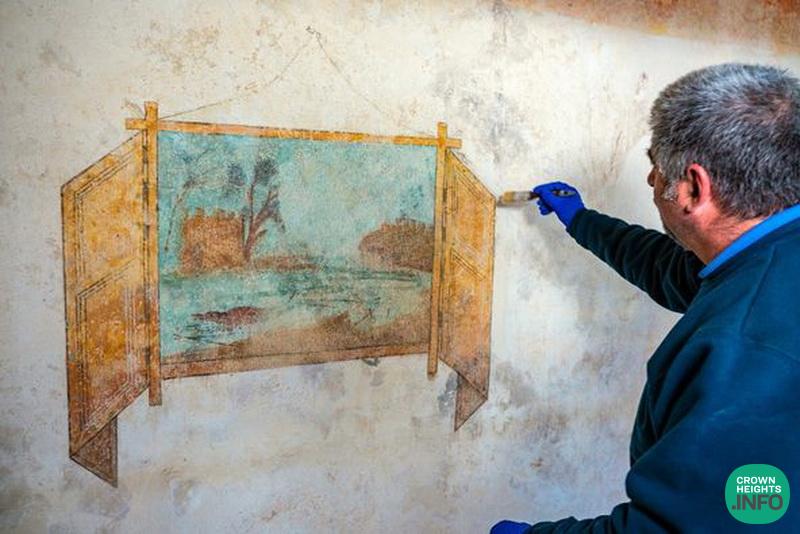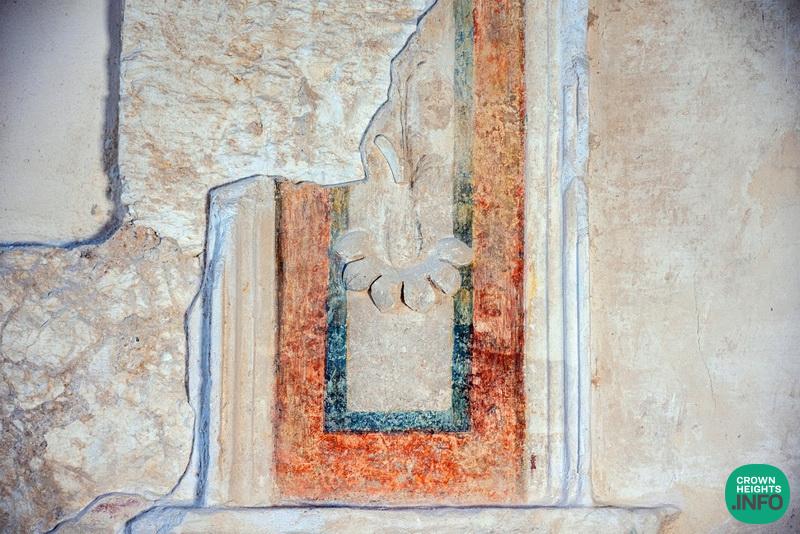
Did You Hear What Herod the Great Did to Impress A Guest
In 16 BCE Marcus Agrippa, the deputy of the Roman Emperor Augustus, met with Herod the Great. During their journey through Asia Minor the two became friends, and later, when Agrippa arrived for a visit in Judea, Herod decided to turn the king’s reception hall at Herodium, which was above his private theater, into a magnificent guest room.
He lined the royal chamber with a series of wall paintings, each one appearing as an open window overlooking a stunning Egyptian landscape. The site was first excavated by the late Ehud Netzer, who headed the excavation expedition of the Hebrew University. After the paintings began to fade, experts from the Israel Antiquities Authority were called into action – “The first time I entered, I was stunned,” says Mark Avrahami, head of the artistic conservation branch in the Israel Antiquities Authority’s conservation department. “In the past, I worked on conserving wall paintings in Europe. Even there, I had never encountered such a level of artistry” Mark adds. “It seems the artist was influenced by the typical art of the Roman Empire; similar paintings can only be found in Pompeii.”
After his death in 4 BCE, Herod the Great was covered in the ornate royal chamber and buried under large quantities of soil. The soil sealed the chamber and, fortunately, contributed to the impressive preservation of the paintings. Some researchers believe the chamber was covered to prevent visitors from using it and “desecrating” the king’s memory. Once the site was exposed, after the soil covering was removed, the paintings were once again exposed to the open air, and their deterioration process resumed. To stop the deterioration process, swift and thorough action was needed, so Mark and the conservation team began a complex conservation process.
Herodium, Herod’s mysterious royal burial site, has undergone many transformations over the years and still holds many unsolved archaeological mysteries.













Mass Murderer
Don’t glorify the wicked.